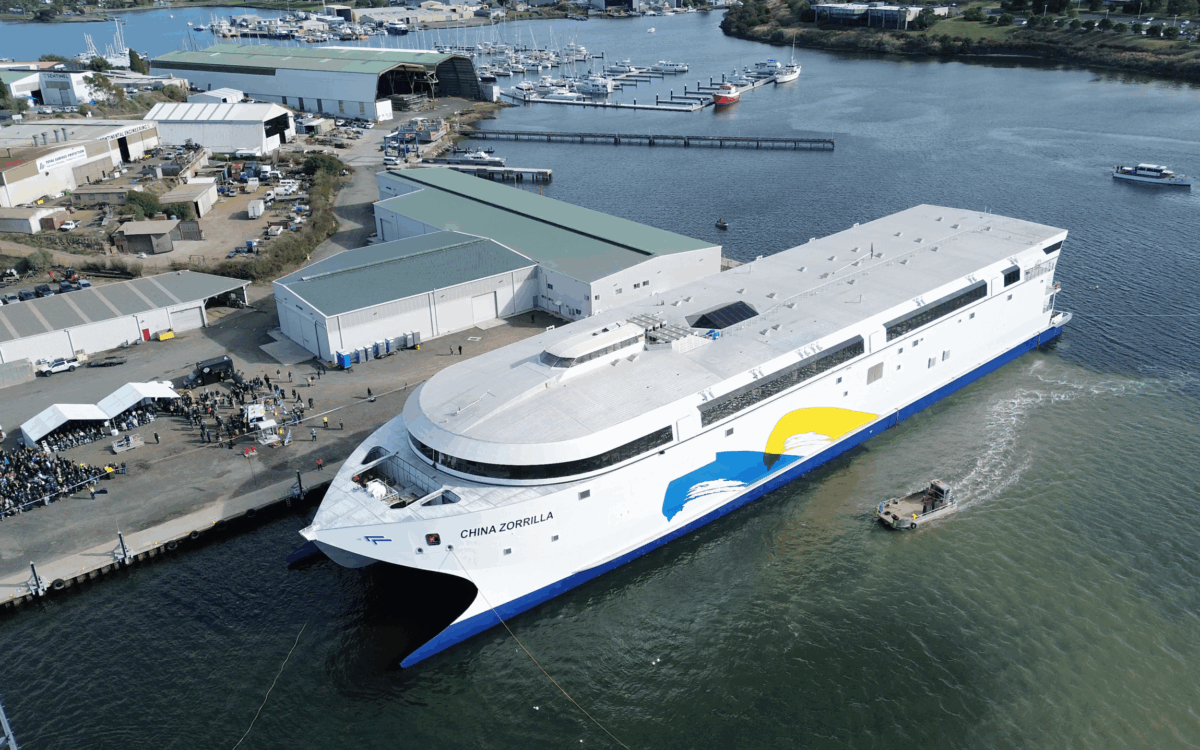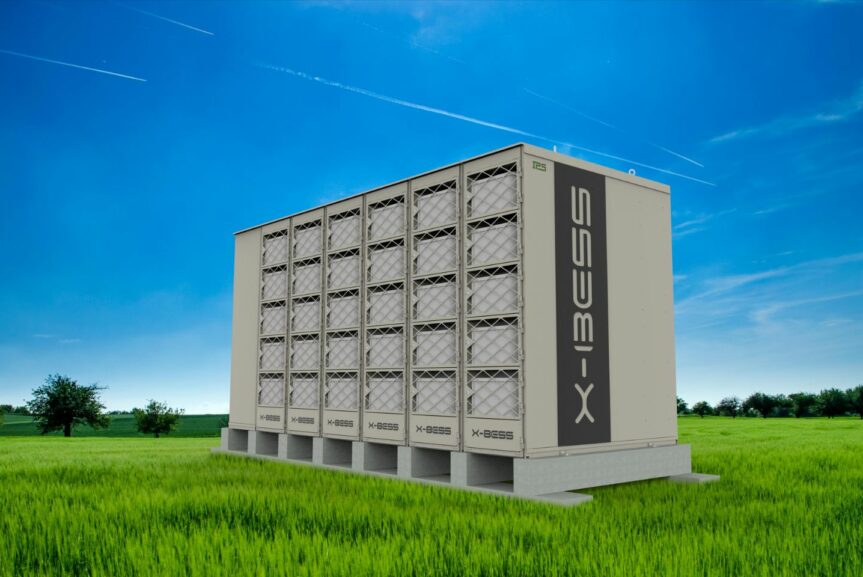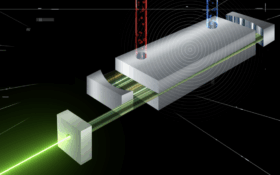The world’s largest battery-electric ship was officially launched at the Incat shipyard in Hobart, Australia, on 2 May.
The Incat Hull 096 was built for Buquebus, a South American ferry operator, and represents a leap forward in sustainable shipping as it will operate entirely on battery-electric power.
At 130 metres in length, China Zorrilla will carry up to 2,100 passengers and 225 vehicles across the River Plate when it enters service between Buenos Aires and Uruguay.
“This is a historic day – not just for Incat, but for the future of maritime transport,” said Incat Chairman, Robert Clifford. “We’ve been building world-leading vessels here in Tasmania for more than four decades and Hull 096 is the most ambitious, most complex and most important project we’ve ever delivered. This ship changes the game.”
China Zorrilla was originally planned to run on LNG, but instead the ship is equipped with over 250 tonnes of batteries and an Energy Storage System (ESS) providing more than 40 megawatt-hours of installed capacity. The ESS – said to be four times larger than any previous maritime installation in the world – is connected to eight electric driven waterjets and supplied by Wärtsilä.
Work will now continue completing the vessel’s interior, which includes a 2,300 square metre duty-free retail deck. Final fit-out, battery installation and energy system integration will take place ahead of sea trials later this year on the River Derwent.
Image: Incat Hull 096 operates entirely on battery-electric power. Credit: Incat












